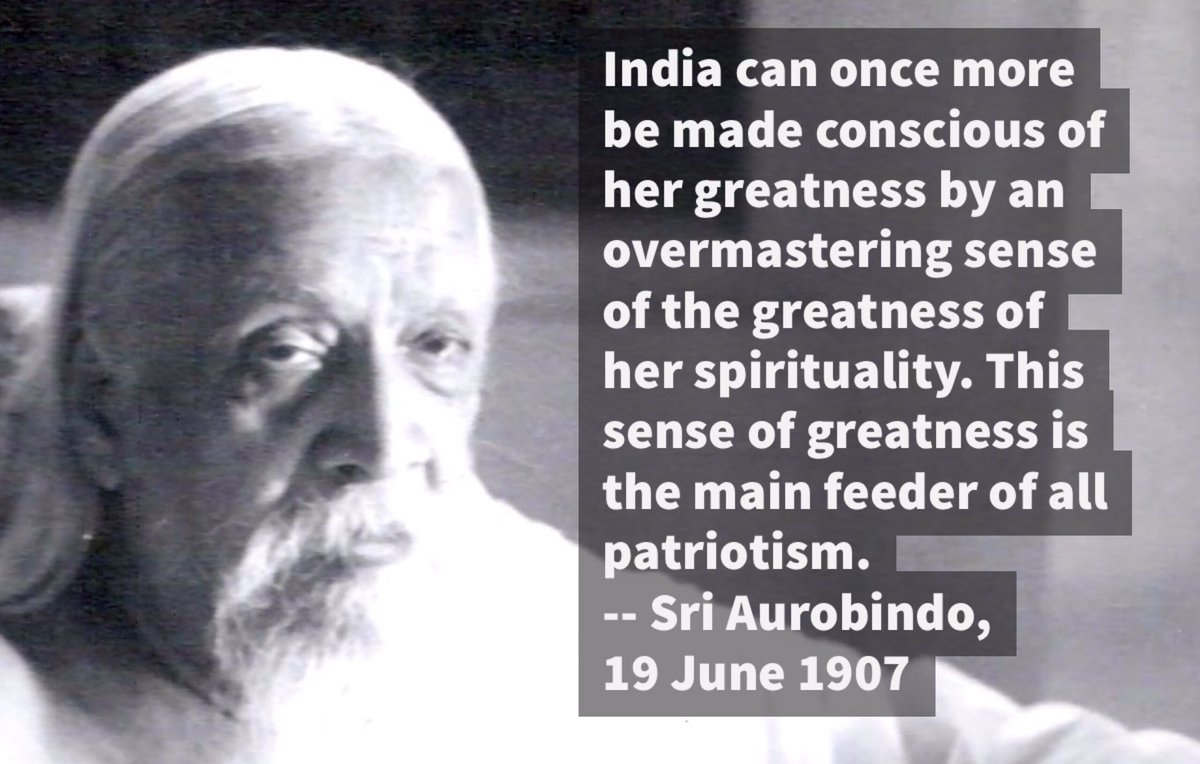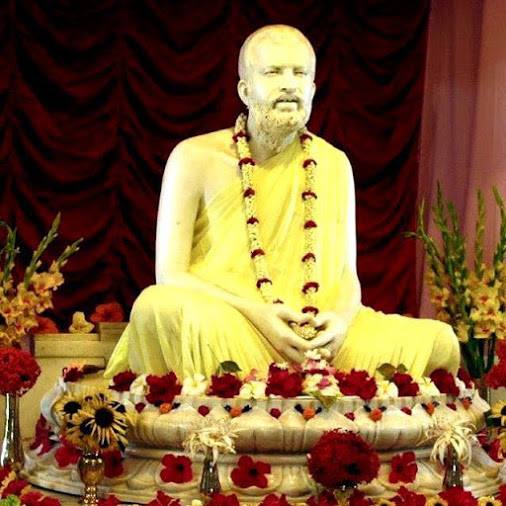1.#The Three Gunas and Spiritual Practice & 2#.Depression and the Influence of the Gunas in Spiritual Development - Sri Aurobindo
=====================================================================
=====================================================================
Monday, November 29, 2021. 6:00. AM.
1.#The Three Gunas and Spiritual Practice
2#.Depression and the Influence of the Gunas in Spiritual Development
=======================================================================
1.The Three Gunas and Spiritual Practice
Spiritual aspirants, just as all others in the world, are impacted by the play of the three Gunas the qualities of Nature. These qualities are always in movement, constantly combining, jostling one another, becoming predominant, and then being suppressed as the next movement arises. We can see this play in the spiritual sadhana quite clearly. When there are constant spiritual experiences and a feeling of progress, the vital being in the seeker has enthusiasm, energy and joy. We see here a predominant strain of rajas, tempered by sattwa. When various forms of obstacles arise, however, the rajas is thwarted and there is a tendency to fall into tamas, with the rise of discouragement, lack of energy, depression and a lack of motivation. In these moments, the seeker can feel like there is no way forward, and identifies the difficulty with himself and feels unprepared, unqualified, and weak. If the seeker perseveres, and particularly if he is able to maintain a certain amount of calm, clear sattwic energy, eventually the tamasic phase passes and the sense of forward movement in the sadhana can be regained. The eventual success is assured if one rises above the play of the gunas and recognises them for what they are, short-term modulations that do not truly affect the longer-term direction or eventual reaching of the objective. The seeker is encouraged not to give up through tamasic discouragement, nor to get caught up in a rajasic phase of ambition or self-seeking or self-aggrandisement. The sattwic receptivity, clarity, and lucidity provides an initial basis for allowing the higher force to work in the being, eventually moving the seeker to a psychological space that observes the play of the Gunas without being overwhelmed by them.
Sri Aurobindo observes: “All who enter the spiritual path have to face the difficulties and ordeals of the path, those which rise from their own nature and those which come in from outside. The difficulties in the nature always rise again and again till you overcome them; they must be faced with both strength and patience. But the vital part is prone to depression when ordeals and difficulties rise. This is not peculiar to you, but comes to all sadhaks — it does not imply an unfitness for the sadhana or justify a sense of helplessness. But you must train yourself to overcome this reaction of depression, calling in the Mother’s Force to aid you.”
“All who cleave to the path steadfastly can be sure of their spiritual destiny. If anyone fails to reach it, it can only be for one of the two reasons, either because they leave the path or because for some lure of ambition, vanity, desire, etc. they go astray from the sincere dependence on the Divine.”
2.Depression and the Influence of the Gunas in Spiritual Development
There is a strong inclination for those spiritual practitioners who particularly follow a way of devotion, regardless of religious tradition around the world, to cry out for the presence of the Divine and to lament any feeling of separation. Depending on the play of the Gunas, this can take either a tamasic, a rajasic or a sattwic form, and does so at different times and circumstances for each seeker, as the Gunas keep changing their balance and expression. Similarly, those who are actively seeing spiritual experiences within, and who then have a period where those experiences recede and they are then thrown out into the “ordinary” daily life and awareness, also react according to the Gunas, and similarly may respond with either tamasic, rajasic or sattwic energy. The tamasic response is one that can bring about a state of depression and despair, the ‘dark night of the soul’ as some call it. This is not a permanent state, and does not occur all the time. The seeker who is aware of the manner in which the Gunas shape the response can learn to stand back from these feelings and work to change the dynamic.
Sri Aurobindo notes: “Thirst for the Divine is one thing and depression is quite another, nor is depression a necessary consequence of the thirst being unsatisfied, that may lead to a more ardent thirst or to a fixed resolution and persistent effort or to a more yearning call or to a psychic sorrow which is not at all identical with depression and despair. Depression is a clouded grey state in its nature and it is more difficult for light to come through clouds and greyness than through a clear atmosphere. That depression obstructs the inner light is a matter of general experience. The Gita says expressly, ‘Yoga should be practiced persistently with a heart from from depression.’ …. Bunyan in The Pilgrim’s Progress symbolises it as the Slough of Despond, one of the perils of the way that has to be overcome. It is, no doubt, impossible to escape from attacks of depression, almost all sadhaks go through these attacks, but the principle is that one should react against them and not allow them by any kind of mental encouragement or acceptance of their suggestions to persist or grow chronic.”
End.
=========================================================================







Comments
Post a Comment